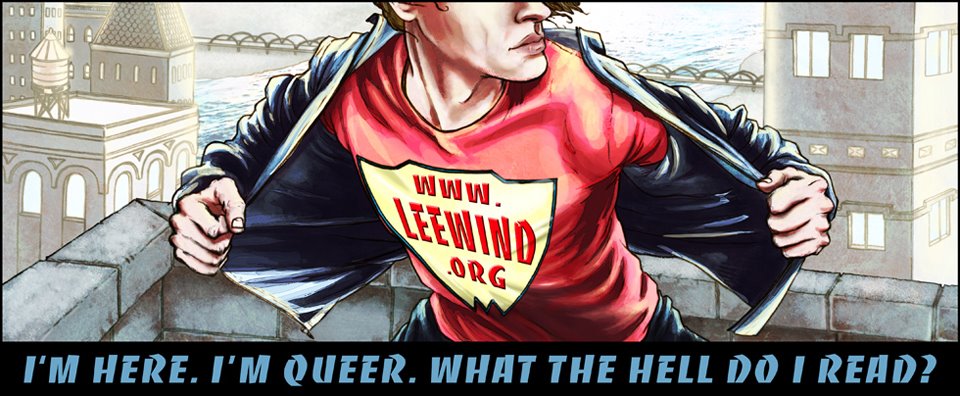"The Two most celebrated virgins in Europe!"
-Prince Puckler Muskaus (1)

Eleanor Butler (1739-1829) and Sara Ponsonby (1755-1831) were two upper-class Irishwomen who left Ireland together in 1778 and set up home together in Plas Newydd, a cottage in Llangollen Vale in Wales. This was the second time they had attempted to elope, and they had to do it in male clothes so as not to be too conspicuous on the route. Their families realized they could not be stopped, and eventually gave them small stipends. (2)
In 1782 only two years after taking up house together people were confessing themselves captivated by their romantic mode of life, and three years later their fame had traveled so widely that the Queen was asking for plans of the cottage and garden. This was only the prelude to an adulation accorded to few celebrities in any era, and it was to last until their deaths and after. (3)
Here's a poem a friend of theirs (a Mrs. Grant) wrote of their love and lives, which they liked so much they transcribed copies of it to give their friends and visitors:
'In the Vale of Langollen a Cottage is seen
Well shelter'd from tempests by shades ever green
Where the daisy first opens its eye - to the day
And the hawthorn first flowers on the bosom of May.
There far from the haunts of ambition and pride
Contentment, and virtue, and friendship abide,
And nature, complacent smiles sweet on the pair
Who have splendour forsaken to worship her there.
Bright Patterns of wisdom affection and truth
Retired to the shade in the gay bloom of youth
Your sweet rural cottage and pastoral views
Are the charm of the Vale, and the theme of the Muse.
To the Shade for concealment in vain you retire,
We follow to wonder - to gaze - and admire.
Those graces which fancy and feeling refine,
Like the glow-worm thro' deepest obscurity shine
While ambition exults in her storm-beaten dome,
Like the tower on your Mountain that frowns o'er your home
With tranquil seclusion, and friendship your lot
How blest, how secure, and how envied your cot! (4)
Now, were they lesbians, as we think of womyn-loving-womyn today? They certainly didn't want other people to think theirs was a physical relationship. When the General Evening Post ran an article on July 24th, 1790, about The Ladies of the Vale, under the title "Extraordinary Female Affection" they contacted their lawyers about their chances to sue for libel. (They didn't, in the end.)
Yet, Eleanor and Sara
"...share everything. Their bound books are gold-lettered, E.B. on the front, S.P. on the back; so with their china and with nearly every possession they have. Their letters are signed jointly, the initials of the Beloved followed by the full name of the writer of the letter. In speech they use always the collective 'We'. They call one another 'Beloved' always, as Dorothy and William Wordsworth do. 'Beloved', which had about the same weight then as 'Darling', and which even in Sara's account book was shortened to 'My B'.
Yet none of this compares with the subtilty [sic] of the concealed relationship, for to all appearances Eleanor Butler seems to be the stronger character; people notice that it is she who appears to make the decisions; to do most of the talking; who is the active principle. Yet when the library chimney catches fire and their precious cottage is likely to burn down it is not Eleanor but Sarah who has the presence of mind to thrust her arm up the chimney, burning it as she does so, and to pull down Lady Dungannon's dull, voluminous letter, which has started the trouble. When a drunken man calls at the cottage and puts his foot in the kitchen door it is not Eleanor but Sarah who goes down to send him away. (5)
And they shared a bed.
They cared for and loved each other, as shown in this letter Eleanor wrote in 1817 to her friend Mrs Montagu:
I kept my bed all day with one of My dreadful Headaches. My Sally. My Tender, My Sweet Love lay beside me holding and supporting My Head till one o'clock when I by Much entreaty prevailed with her to rise and get her breakfast. She never left me for half a Moment the entire day Except at Two o'clock when she perceived Mr Whalley and little Richard coming down the Field. She ran out to Prevent his rapping at the door and to borrow the 1st Volume of the Tab de Suisse which she knew I was pining for... My beloved Sat by My Bed Side reading it to me for near Two Hours - I wou'd not permit her to Continue - lest it shou'd impair her precious Health. Mrs Tatters uneasy that we did not come down Stairs at the usual hour Scratched at our Door for admittance, came on the bed to me and lay there till Ten o'clock at night Purring all the Time - a day of Tenderness and Sensibility'
'My Sally How can I acknowledge the grateful Sense my Heart labours under of Your Tenderness, anxiety and incessant attention to your B.' (6)
So many of our ideas of Romantic Love come from this era of idealized, Romantic Friendship.
How much of our culture's Valentine's Day obsession do we owe these two ladies, who dressed in women's clothes and men's top hats, who made a life of refinement and 'retirement' together, and who changed the world with their love and passion for one another!
LOVE IS... like this.
Namaste,
Lee
Quote 2 is from pg. 142 of "Cassell's Queer Companion" by William Stewart. Quotes 1 and 3 is from "The Ladies of Llangollen: A Study in Romantic Friendship" by Elizabeth Mavor, pg. 9. Quote 4 is from the same, pg. 99. Quote 5, pg. 102, Quote 6 pg. 104
960.jpg)















No comments:
Post a Comment